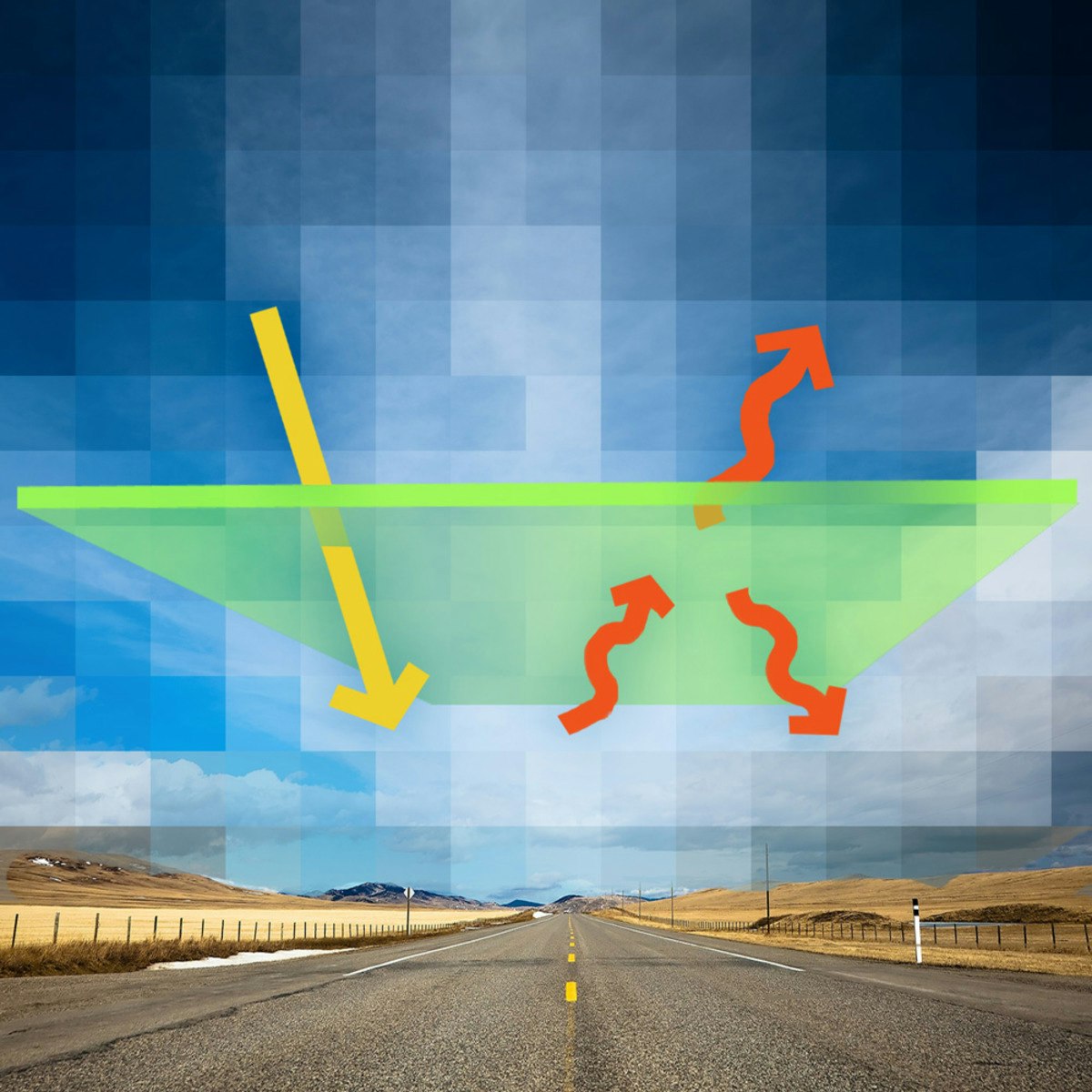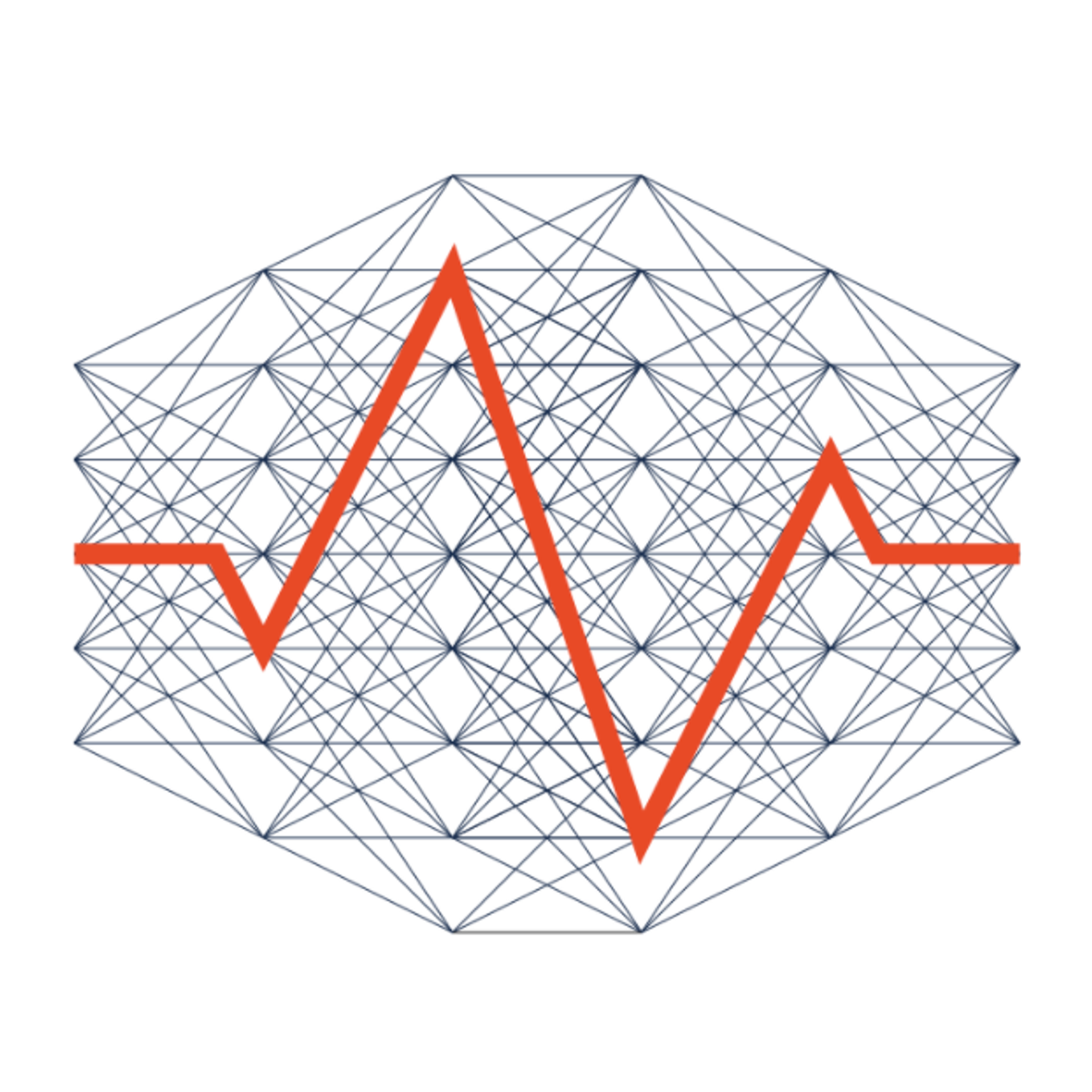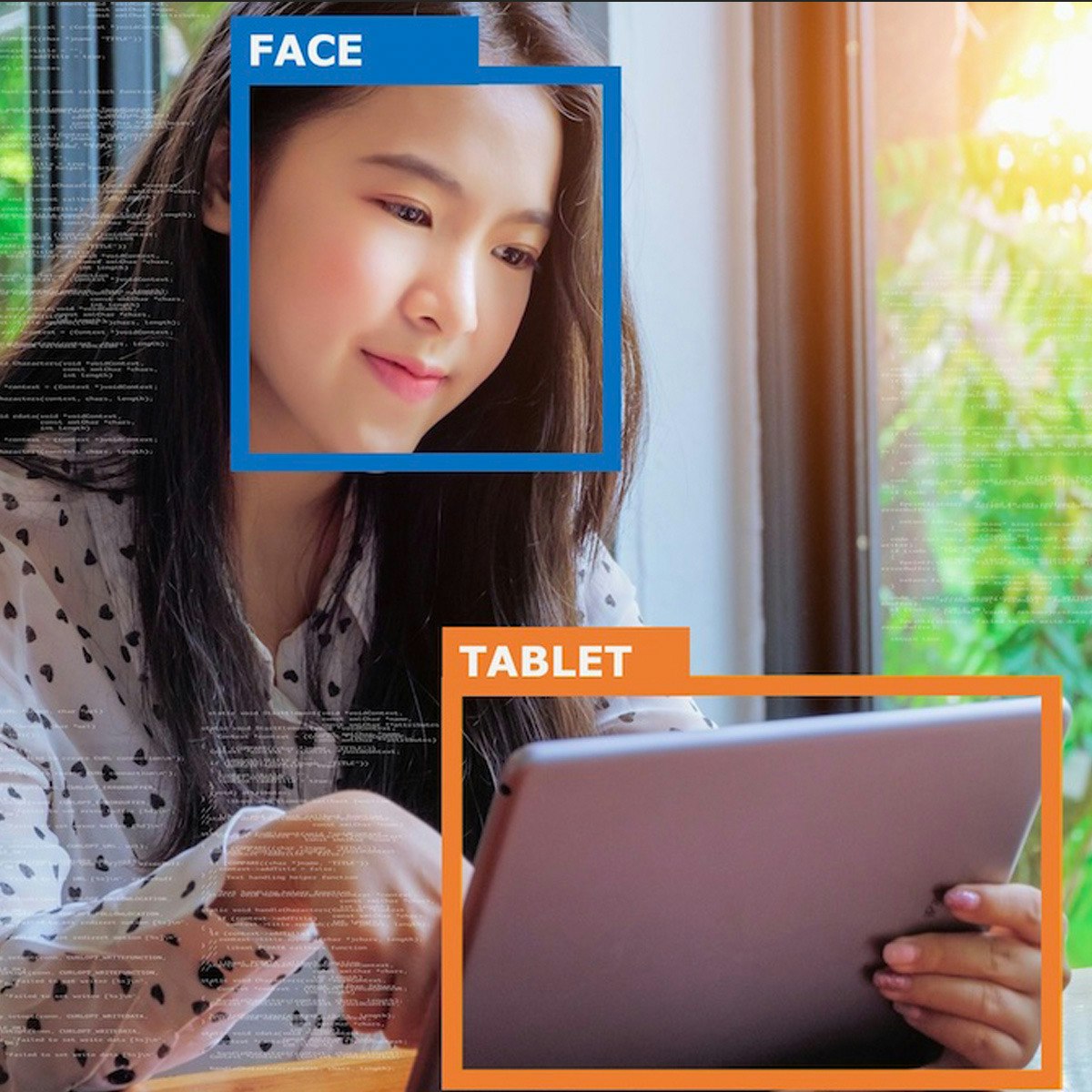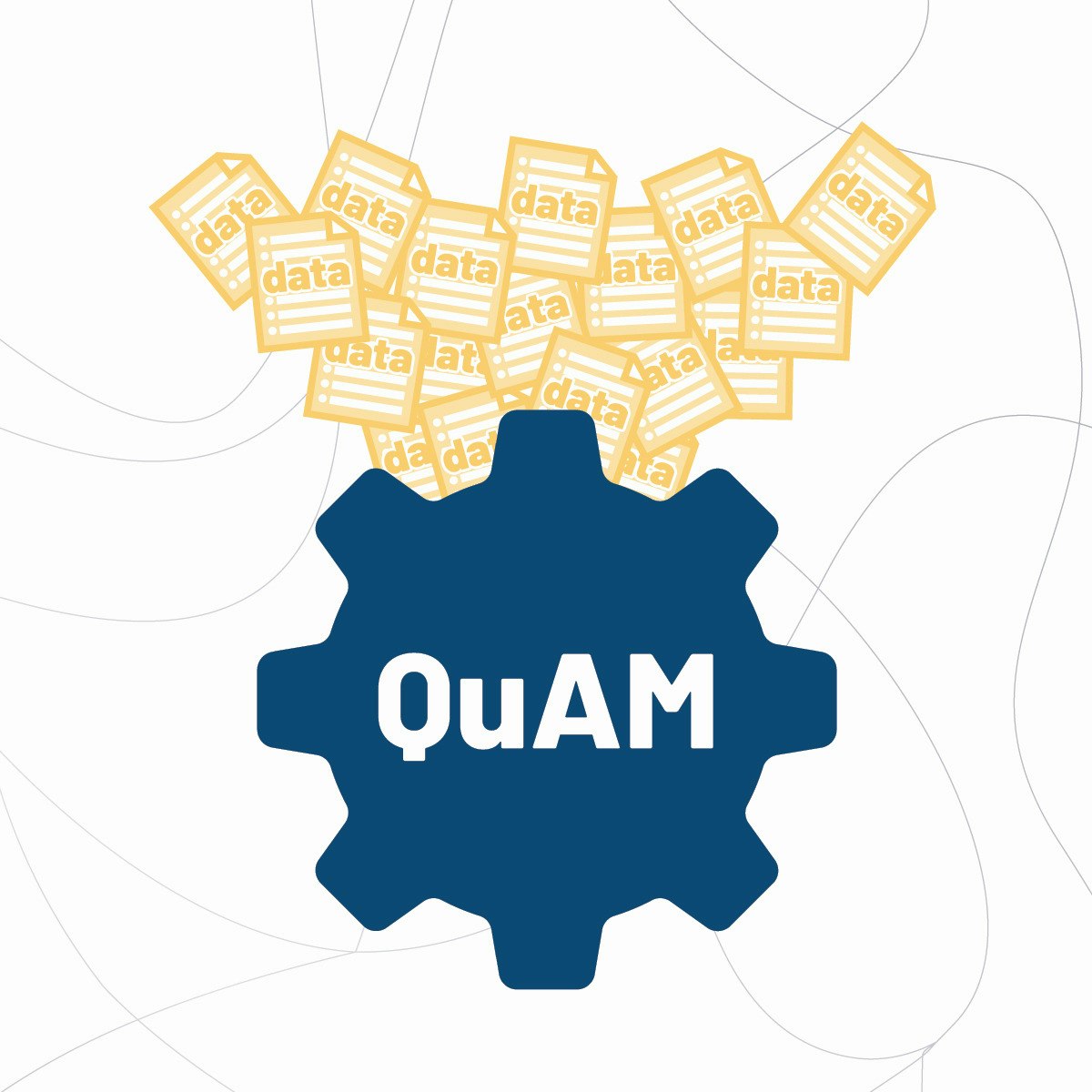Back to Courses





Algorithms Courses - Page 33
Showing results 321-326 of 326

Global Warming II: Create Your Own Models in Python
This class provides a series of Python programming exercises intended to explore the use of numerical modeling in the Earth system and climate sciences. The scientific background for these models is presented in a companion class, Global Warming I: The Science and Modeling of Climate Change. This class assumes that you are new to Python programming (and this is indeed a great way to learn Python!), but that you will be able to pick up an elementary knowledge of Python syntax from another class or from on-line tutorials.

Deep Learning Methods for Healthcare
This course covers deep learning (DL) methods, healthcare data and applications using DL methods. The courses include activities such as video lectures, self guided programming labs, homework assignments (both written and programming), and a large project.
The first phase of the course will include video lectures on different DL and health applications topics, self-guided labs and multiple homework assignments. In this phase, you will build up your knowledge and experience in developing practical deep learning models on healthcare data. The second phase of the course will be a large project that can lead to a technical report and functioning demo of the deep learning models for addressing some specific healthcare problems. We expect the best projects can potentially lead to scientific publications.

Visual Perception
The ultimate goal of a computer vision system is to generate a detailed symbolic description of each image shown. This course focuses on the all-important problem of perception.
We first describe the problem of tracking objects in complex scenes. We look at two key challenges in this context. The first is the separation of an image into object and background using a technique called change detection. The second is the tracking of one or more objects in a video. Next, we examine the problem of segmenting an image into meaningful regions. In particular, we take a bottom-up approach where pixels with similar attributes are grouped together to obtain a region.
Finally, we tackle the problem of object recognition. We describe two approaches to the problem. The first directly recognize an object and its pose using the appearance of the object. This method is based on the concept of dimension reduction, which is achieved using principal component analysis. The second approach is to use a neural network to solve the recognition problem as one of learning a mapping from the input (image) to the output (object class, object identity, activity, etc.). We describe how a neural network is constructed and how it is trained using the backpropagation algorithm.

Excel/VBA for Creative Problem Solving, Part 1
"Excel/VBA for Creative Problem Solving, Part 1" is aimed at learners who are seeking to augment, expand, optimize, and increase the efficiency of their Excel spreadsheet skills by tapping into the powerful programming, automation, and customization capabilities available with Visual Basic for Applications (VBA).
This course is the first part of a three-part series and Specialization that focuses on the application of computing techniques in Excel/VBA to solve problems. In this course (Part 1), you will: 1) create macros to automate procedures in Excel; 2) define your own user-defined functions; 3) create basic subroutines to interface with the user; 4) learn the basic programming structures in VBA; and 5) automate Excel’s Goal Seek and Solver tools and use numerical techniques to create “live solutions” to solve targeting and optimization problems.
New to computer programming? The extremely intuitive and visual nature of VBA lends itself nicely to teaching and learning - what a fun way to learn to code! No prior knowledge in programming nor advanced math skills are necessary yet seasoned programmers will pick up new and creative spreadsheet problem solving strategies.
After you have learned the basics of VBA, each module will introduce foundational and broad problems inspired by situations that you might encounter in the real world. To pass each module, you'll need to pass a mastery quiz and complete a problem solving assignment. This course is unique in that the weekly assignments are completed in-application (i.e., on your own computer in Excel), providing you with valuable hands-on training.

Overview of Advanced Methods of Reinforcement Learning in Finance
In the last course of our specialization, Overview of Advanced Methods of Reinforcement Learning in Finance, we will take a deeper look into topics discussed in our third course, Reinforcement Learning in Finance.
In particular, we will talk about links between Reinforcement Learning, option pricing and physics, implications of Inverse Reinforcement Learning for modeling market impact and price dynamics, and perception-action cycles in Reinforcement Learning. Finally, we will overview trending and potential applications of Reinforcement Learning for high-frequency trading, cryptocurrencies, peer-to-peer lending, and more.
After taking this course, students will be able to
- explain fundamental concepts of finance such as market equilibrium, no arbitrage, predictability,
- discuss market modeling,
- Apply the methods of Reinforcement Learning to high-frequency trading, credit risk peer-to-peer lending, and cryptocurrencies trading.

Optimizing Machine Learning Performance
This course synthesizes everything your have learned in the applied machine learning specialization. You will now walk through a complete machine learning project to prepare a machine learning maintenance roadmap. You will understand and analyze how to deal with changing data. You will also be able to identify and interpret potential unintended effects in your project. You will understand and define procedures to operationalize and maintain your applied machine learning model. By the end of this course you will have all the tools and understanding you need to confidently roll out a machine learning project and prepare to optimize it in your business context.
To be successful, you should have at least beginner-level background in Python programming (e.g., be able to read and code trace existing code, be comfortable with conditionals, loops, variables, lists, dictionaries and arrays). You should have a basic understanding of linear algebra (vector notation) and statistics (probability distributions and mean/median/mode).
This is the final course of the Applied Machine Learning Specialization brought to you by Coursera and the Alberta Machine Intelligence Institute (Amii).
Popular Internships and Jobs by Categories
Find Jobs & Internships
Browse
© 2024 BoostGrad | All rights reserved